"Where is the problem in my design approach?"
Nowhere. You're given the rules of the business, and you've modeled them appropriately.
Presumably (presumably because you haven't stated anything explicitly to this effect), the "problem" you perceive is that there is a rule to the effect that the one representative member of a council, must be a member of the faculty that the council belongs to. That is, the FacultyID in Council must be equal to the FacultyID that appears in Member for the row that has the concerned memberID. That is, the (MemberID FacultyID) pairs from council must be a subset of the (MemberID FacultyID) pairs from Member.
A Foreign key declaration on Council can achieve that, but you need (MemberID FacultyID) to be known as a unique key on Member. You'd need to add this (extra, redundant) UNIQUE declaration to Member, and then things should work.

